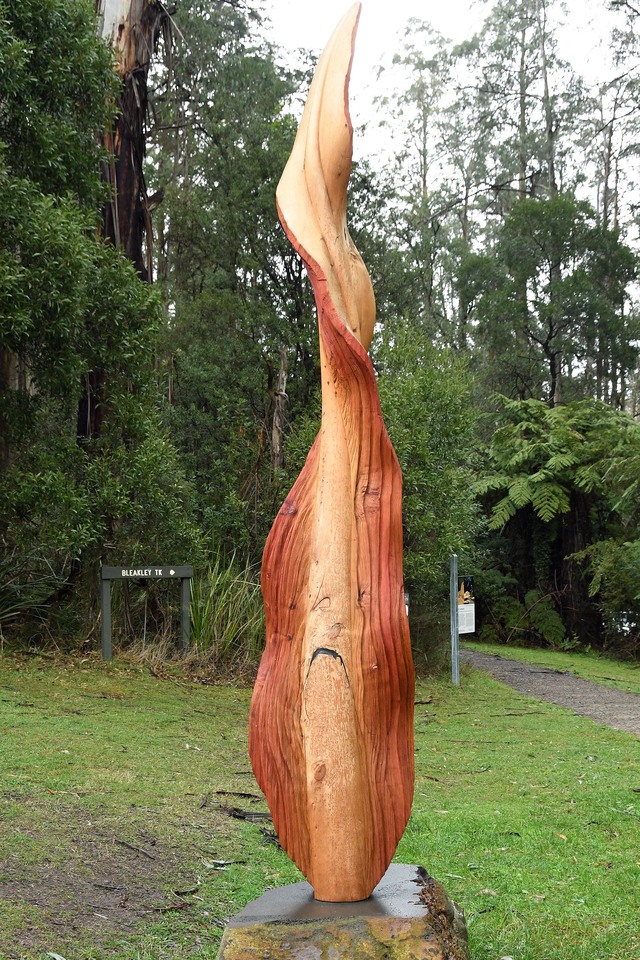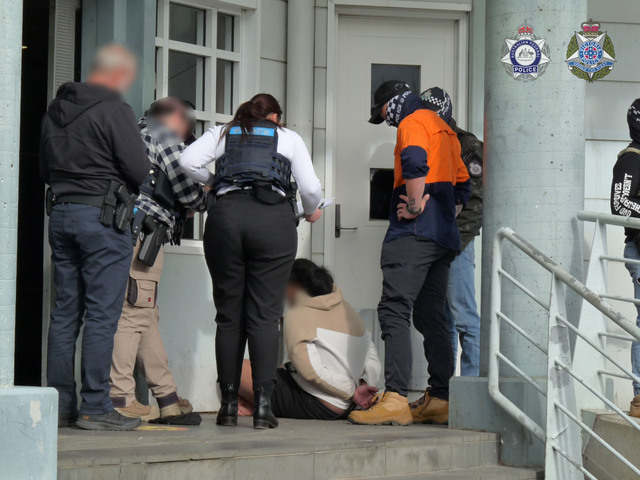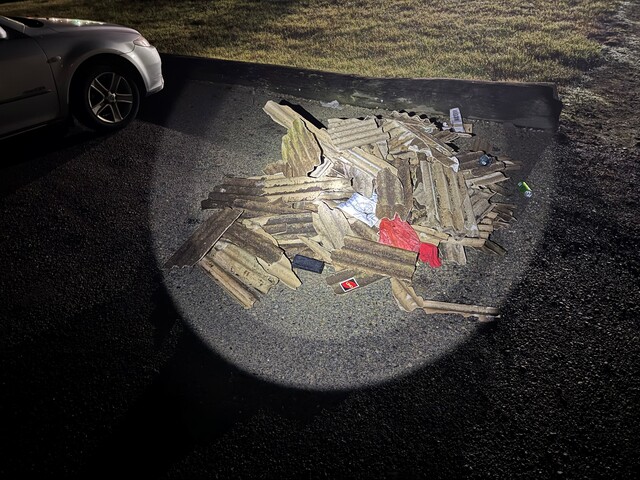David Mitchell’s Cave Hill lime works in Lilydale commenced operation in 1878. The lime kilns required huge quantities of firewood, and 100 acres of timber were cleared from the estate each year to fire them. The wood was hauled by a steam engine on narrow-gauge tram tracks, which in time reached to all parts of the estate.
Mitchell’s land included the north-west corner of Mount Evelyn, and it is likely that the early narrow-gauge tracks extended into this area. The late Ralph Alger (whose article ‘Reminiscences of the Cave Hill Tramway’ is the main source of information on the tramway) thought this branch ran close to the David Road/ Fuller Road alignment, and was largely obliterated when the roads were made. Alternatively it could have gone via a cutting that ran up the length of the creek gully. Isolated sections of formation remain on private land, but not enough to reconstruct the route with certainty.
Mitchell bought two locomotives from the Bendigo Tramways in 1903. By 1907 the timber on his estate had been exhausted, and he applied for a permit to build a tramway beside Olinda Creek to collect wood cleared by settlers. The new tracks, which were standard-gauge (4’8½”), extended along the west side of Olinda Creek.
About halfway along there was a huge stack of firewood, and a siding where empty trucks were left and full ones collected. Parallel to the level part of York Road, the line ran through enclosed paddocks, with the tram tracks fenced off and gates at each end. An additional person was required on the engine, to open and shut the gates.
The line then branched in three directions, which can still be identified. One branch continued straight ahead into what is now the Mount Evelyn Recreation Reserve; this route is now Tramway Road. The middle line extended up the west side of Olinda Creek to approximately level with Hunter Road.
The right branch ran up a creek gully for a short distance, following a snig track that once led to a sawmill. This branch appears on Google Maps as ‘Tramway Track’. A loading platform, much overgrown, can be seen beside it.
The tramway ceased operation 1934. Most of the formation, including a trestle bridge, was destroyed by the construction of the Board of Works pipelines from Silvan in the 1960s and 1970s.







